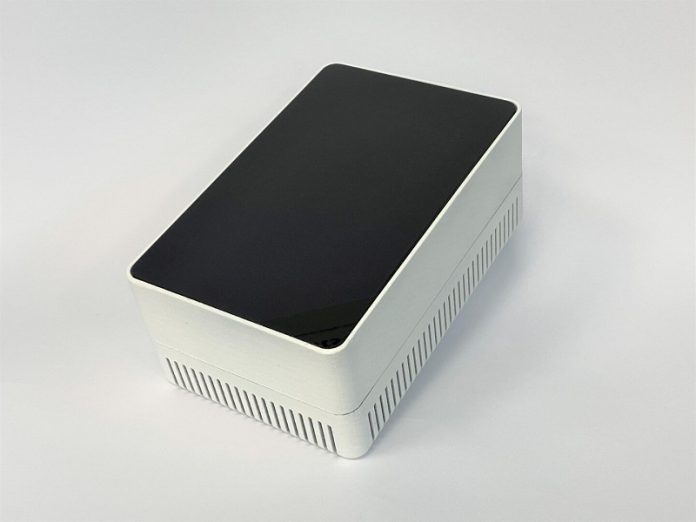
The digital age has seen more devices like X-ray and ultrasound machines connecting to networks in hospitals, which need to be movable.
To address this need, Fraunhofer researchers are developing a new way to transmit data using light.
This method, part of the LINCNET project, aims to create powerful, low-cost wireless networks for buildings by combining electrical networks with ultra-fast 5G mobile networks.
Using light to transmit data in hospitals means devices can connect wirelessly with lower electromagnetic emissions.
This technology also makes industrial production more flexible. In advanced manufacturing, quick changes in production orders require machines and robots to be rearranged swiftly. The same flexibility is needed in healthcare settings.
Conventional networks using Wi-Fi often face interference in production settings and hospitals, where electromagnetic emissions are a concern due to strict limits.
Additionally, these networks pose data security risks, as they are fundamentally open to potential attackers despite encryption.
Researchers from the Fraunhofer Institute for Telecommunications, Heinrich-Hertz-Institut (HHI) in Berlin, along with project partners, are working on a promising solution: data transmission via light. The LINCNET project uses light to transmit data by modulating light pulses.
Standard LEDs and photodiodes are used as the light source and receiver.
One approach combines ultra-fast 5G networks with light data transmission. This involves using the existing electrical network (power line communication, or PLC) to bring data to the ceiling of each room, where it is wirelessly transmitted using light (LiFi). The light signals do not pass through walls, reducing electromagnetic emissions and improving energy efficiency. PLC eliminates the need for costly additional network cables.
A company in Aachen, devolo Solutions GmbH, leads the PLC development and optimization. A LiFi module converts data from the electrical network into light signals. The LEDs transmit data to end devices equipped with transceiver units. The light signal changes 100 million times per second, which is too fast for the human eye to notice.
LiFi has clear advantages over traditional wireless data transmission. It offers robust and powerful data transmission with latency times under 2 milliseconds and speeds up to 1 gigabit per second. Project manager Lennert Bober highlights additional benefits: “Light doesn’t penetrate walls, so it can’t be eavesdropped on. It also avoids interference from other wireless networks and machines that emit radiation.”
The Fraunhofer HHI team, with its expertise in light-based data transmission, has developed a ceiling module with a digital signal processor (DSP). This module extracts data from electricity and converts it into light pulses, transmitting data from the ceiling to devices within the light cone, such as robots in factories or ultrasound units in hospitals. This method is as secure as a cable network, but without the need for cables.
Light offers another advantage: the spectrum can be used freely without the regulations and licensing fees that apply to radio frequencies. The Fraunhofer researchers are also working on improving LiFi networks by combining them with fast Ethernet-based networks for real-time control of robots or high-end medical scenarios.
The LINCNET project can significantly enhance digitalization in companies and hospitals, promoting technological advancement in Germany through optical wireless communication.



